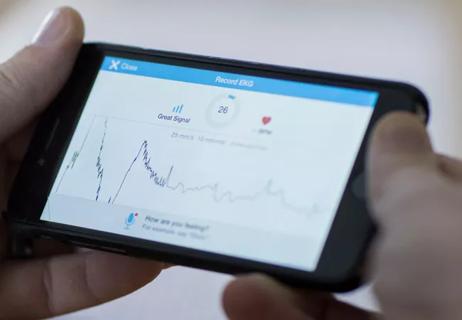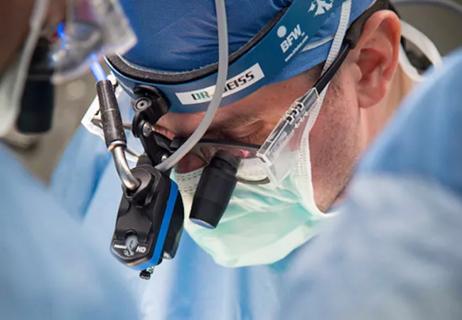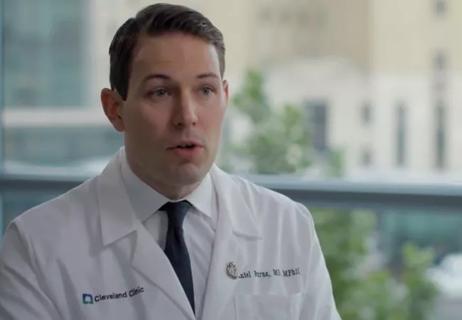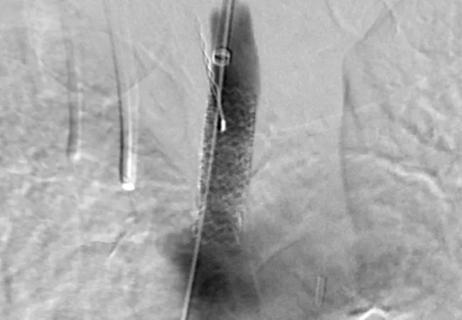Use of nitroprusside and isoproterenol plummets as prices spike

Despite high-profile arguments to the contrary, recent major U.S. price increases for two critical heart medications — nitroprusside and isoproterenol — have resulted in significant declines in these drugs’ utilization.
Cleveland Clinic is a non-profit academic medical center. Advertising on our site helps support our mission. We do not endorse non-Cleveland Clinic products or services. Policy
That’s the conclusion of a Cleveland Clinic study of a national database published as a letter in the Aug. 10 issue of the New England Journal of Medicine.
“Our findings disprove the belief that dramatic price increases do not reduce patient access to inpatient medications for serious cardiovascular conditions,” says lead author Umesh N. Khot, MD, Vice Chairman of Cardiovascular Medicine at Cleveland Clinic.
From 2012 to 2015, the average wholesale acquisition cost of nitroprusside rose 30-fold, from $27.46 to $880.88 (per 50 mg).
During the same period, the average wholesale acquisition cost of isoproterenol rose almost 70-fold, from $26.20 to $1,790.11 (per mg).
“It has been claimed in public testimony to Congress in 2016 that these price increases would not reduce patient access or utilization of these two critical drugs, both of which have been used for decades in patient care,” says Dr. Khot.
Nitroprusside is used in the treatment of critical hypertension and congestive heart failure, as well as to control blood pressure during surgery. Isoproterenol is used chiefly to treat bradycardia and heart block, and additionally during electrophysiology procedures and in some cardiac surgery cases to increase heart rate or contractility. Both are given intravenously.
Because both drugs are used solely in the hospital, with no external patient demand or direct-to-consumer advertising, analyzing their utilization rates over time would provide insights on the effect of dramatic price increases on physician prescribing behavior with minimal confounding variables, the Cleveland Clinic researchers surmised.
They conducted their analysis by identifying 47 U.S. hospitals in the Vizient (formerly University HealthSystem Consortium) database with complete data on 2012-2015 utilization of nitroprusside, isoproterenol and two intravenously administered cardiovascular medications with stable pricing during this period — nitroglycerin and dobutamine.
“We used nitroglycerin and dobutamine as controls for nitroprusside and isoproterenol, respectively, in terms of utilization analysis,” Dr. Khot explains. “There are no direct alternative therapies for nitroprusside and isoproterenol, so these control agents, which are broadly similar intravenous inpatient heart medications, served as the best available comparators for use in benchmarking utilization trends.”
The analysis revealed the following changes in annual utilization from 2012 to 2015:
In contrast, the number of patients treated with nitroglycerin increased 118 percent over the same period, and the number treated per 1,000 inpatients per hospital increased 89 percent (P < .0001).
Similarly, the number of patients treated with dobutamine increased 7 percent, and the number treated per 1,000 inpatients per hospital increased 4 percent.
Moreover, the variation in utilization trends between nitroprusside and nitroglycerin and between isoproterenol and dobutamine increased significantly over time.
“Our research shows that the hikes in these medications’ prices are not benign,” says Dr. Khot. “Physicians have decreased their use of these vital drugs even though both they and their patients are typically insulated from the price increases in the inpatient setting.”
“These are medications that physicians are very familiar with, and for which there are no direct alternatives,” notes co-author Michael Militello, PharmD. “As a result, hospitals have had to re-evaluate use of these drugs and potentially bring in other therapies.”
“Cleveland Clinic is now pursuing further analyses of specific ways that pharmacists, physicians and hospitals are changing their utilization of these two medications in the wake of the price hikes,” adds Dr. Khot.
For a detailed interview with Dr. Khot about further implications of this study, see this video from MedPage Today.

How our first century has impacted cardiovascular practice

Review offers comprehensive assessment of the landscape for wearables and more

Preserving trust in research requires vigilance and consensus around statistical nuances

Cardiac surgeon Patrick Vargo, MD, reflects on his first year as Cleveland Clinic staff

Improved risk prediction for patients is at the heart of Dr. Aaron Weiss’ research interests

Centralization would likely bring better outcomes, experts say, but may not be feasible

Dr. Daniel Burns on mentorship, robotic valve surgery, statistics and more

JACC review makes the case and outlines how to ensure oversight